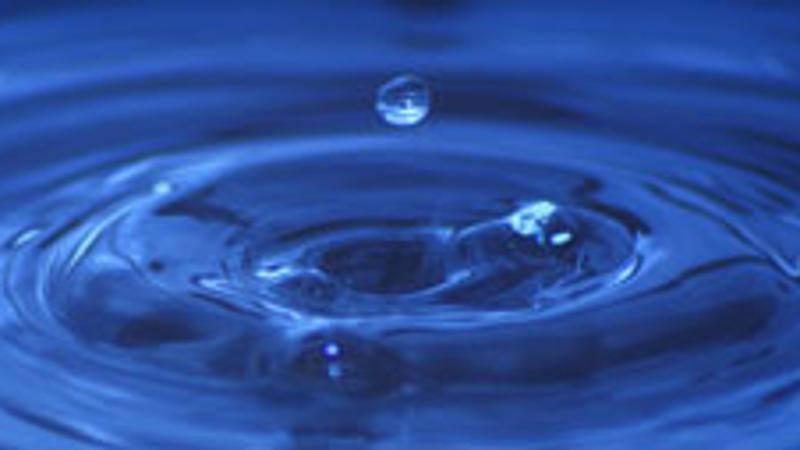
Lack of access to sufficient, clean, safe water could contribute to the 10-year average life expectancy gap between people who live in many rural and remote areas and those living metropolitan Australia, a QUT public health engineer says.
Dr Jay Rajapakse and his research team was prompted to survey councils in remote areas to gather data on the extent of clean water supply issues after manganese and iron were found to be excessively higher than and health-based recommended levels in Georgetown in North Queensland.
“Georgetown had a new water treatment system installed this year after excessive levels of manganese and iron were found in the raw water supply which came from the bottom of the river bed,” Dr Rajapakse said.
“The impact and concentration of contaminants that are naturally in the raw water supply are intensified during drought periods which are common in remote areas.
“The Georgetown example has indicated that we need information on remote populations and water consumptions rate, current types of water supply, treatment methods and water quality to compare with Australian safe water guidelines.”
Dr Rajapakse said the gap in life expectancy at birth between non-Indigenous Australians for Aboriginal and Torres Strait Islander peoples was estimated at 11.5 years for males and 9.7 years for females.
He said that while many factors such as lack of access to primary health care and treatment, poverty and overcrowded housing contributed to lower life expectancy, lack of safe water had a substantial impact on basic health.
People cannot be healthy when their water contains microbial contaminants such as E. coli, giardia, cryptosporidium and the rarer waterborne brain- eating amoeba naegleria fowleri, which featured recently on ABC’s Australian Story.
“Both, water quality and quantity are equally important for healthy communities.
“It’s not just drinking water that carries health dangers. Trachoma, for example, is a bacterial eye disease that can lead to blindness if not treated and is spread due to lack of clean water for washing.
“Australia is the only developed country where trachoma is still endemic and it is found almost exclusively in remote Aboriginal and Torres Strait Islander populations.
“Supplying piped water to households is one thing but the water supplied must be safe, without physical contamination from such things as mud (turbidity) and chemicals as well as water-borne pathogens,” he said.
“In Australia, we expect our water to be clean and safe as of right but this may not be the case in many communities in remote locations.
“At the Sustainable Economic Growth for Regional Australia (SEGRA) meeting in October 2015, we highlighted that secure and safe domestic water is the key priority for all councils“. Much-hoped for regional development cannot take place until everyone has clean drinking water.”
Dr Rajapakse has visited water supply systems in Papua New Guinea, Sri Lanka and the Solomon Islands where water is piped to homes but is most often contaminated and not disinfected.
“It is estimated that around 50 per cent of hospital beds in developing countries are occupied by people suffering from water and sanitation-related diseases.”
He is currently collaborating with an Australian industry partner to develop a simple disinfection method suitable for remote communities.
Media contact: Niki Widdowson, QUT Media, 07 3138 2999 or n.widdowson@qut.edu.au.




